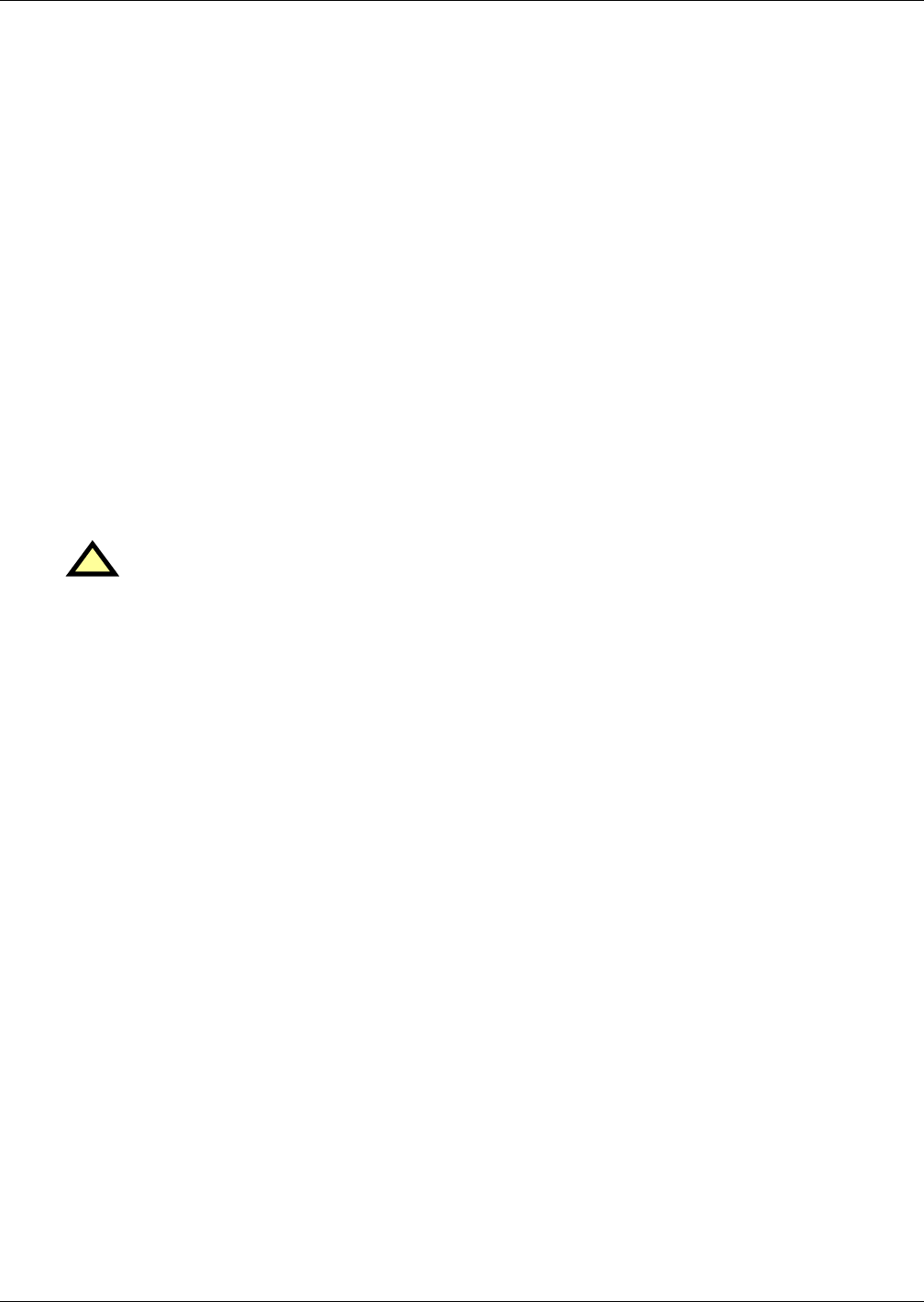Intelligent Communications & Monitoring System User Manual
Table Of Contents
- 1.0 Introduction
- 2.0 Liebert iCOM Display Components and Functions
- Figure 2 Liebert iCOM display components
- Table 1 Keyboard icons and functions
- Figure 3 Status menu, large display, graphical view
- Figure 4 Liebert iCOM default screen symbols
- 2.1 Navigating Through the Liebert iCOM Menus
- 3.0 Operation
- 3.1 Single Unit Functions
- 3.2 Motorized Ball Valve in Digital Scroll Units
- 3.3 Temperature Control—Single Source Cooling (No Extra Cooling Coil)
- 3.3.1 Temperature Proportional Band
- 3.3.2 Compressor Control
- Compressor Proportional Bands
- Figure 12 One single-step compressor without unloaders
- Figure 13 Two single-step compressors without unloaders or one compressor with an unloader (two-step)
- Figure 14 Two compressors with unloaders (four-step)
- Figure 15 Digital scroll capacity modulation, 10-100% variable
- Figure 16 Single and dual digital scroll compressor activation points
- Compressor Proportional Bands
- 3.3.3 Chilled Water Control
- 3.4 Temperature Control—Second Cooling Source
- 3.5 Temperature Control—Reheat
- 3.6 Humidity Control
- 3.7 Control Types
- 3.8 Possible Event Notifications
- 3.9 Next Maintenance Calculation
- 4.0 Teamwork
- 5.0 Installing a Liebert iCOM Unit-to-Unit Network
- 5.1 Placement of Cooling Units
- 5.2 U2U Hardware: Cables and Network Switch
- 5.3 Wiring for Unit-to-Unit Communications—U2U
- 5.4 External Communications—Building Management Systems, Liebert SiteScan®
- 6.0 Mounting a Large Display on a Wall
- 7.0 User Menu Parameters
- 8.0 Service Menu Parameters
- Table 23 Setpoints parameters
- Unit Diary—Large Display Only
- Table 24 Unit diary parameters
- Table 25 Standby settings / lead-lag parameters
- Table 26 Maintenance / wellness settings parameters
- Table 27 Diagnostics / service mode parameters
- Table 28 Set alarms parameters
- Table 29 Sensor calibration / setup parameters
- Table 30 System / network setup parameters—large display only
- Table 31 Network setup parameters
- Table 32 Options setup parameters
- Table 33 Service contact info parameters

Operation
30
Reheat During Dehumidification
Hot gas reheat or hot water reheat will start as described in 3.5 - Temperature Control—Reheat,
when the temperature decreases during the dehumidification process.
The parameter Electric Reheat Operation defines how the heaters react in case the temperature
decreases during the dehumidification process. This parameter does not impact SCR reheat opera-
tion. The Electric Reheat Operation parameter is in the Advanced menu under Factory Settings and
should not be adjusted without factory approval.
No—No electric reheat allowed during dehumidification process.
Delayed—This setting applies only to two-compressor units with BOTH compressors selected for
dehumidification. The electric reheats are prevented from turning on until Low Limit 1 is reached. At
this condition, one stage of dehumidification is disabled and the reheats are activated. At Low
Limit 2, both stages of dehumidification are disabled. When Delayed is selected on units with a single
compressor selected for dehumidification (Dehumidification With Comp Setting: 1, 2, and 1 or 2), the
reheats will operate in the same manner as they do for Staged as described below. Delayed is the
default setting for Liebert DS units.
Staged—This setting applies to one or two compressor units. Electric heaters will stage as described
in 3.5.1 - Three-Stage Electric, Hot Gas and Hot Water Reheat. Staged is the default setting for
Challenger 3000 units. On two compressor units with staged reheat selected and Dehumidification
With Comp set to BOTH, the control allows for operating two compressors and reheats simulta-
neously. It is very important that electrical service to the unit be sized and wired for this option if
selected.
3.7 Control Types
3.7.1 Temperature and Humidity Control Types
The Liebert iCOM control has four Temperature and Humidity Control Types: Proportional, PI and
Intelligent. Each control type affects the timing and intensity of the cooling/heating and humidify-
ing/dehumidifying operations. The Control Type parameter is in the Service menu under Setpoints.
Proportional – If Proportional Control is selected, the percent cooling/heating requirement is deter-
mined by the difference between the return air temperature sensor reading and the temperature set-
point. As the return air temperature rises above the temperature setpoint, the percent cooling
required increases proportionally (from 0 to 100%) over half the programmable temperature propor-
tional band (See 3.3.1 - Temperature Proportional Band). The percent heating requirement (0 to -
100%) is determined the same way when the return air temperature falls below the setpoint. The
humidifying/dehumidifying operations are controlled in the same manner as the cooling/heating oper-
ations; however, the humidity sensors, setpoints and proportional bands are utilized. The Propor-
tional control type is commonly selected on compressorized units.
PI – If PI Control is selected, the percent cooling/heating requirement is calculated by adding
together two individual terms – proportional and integral. The proportional term is calculated in a
manner similar to the previously described Proportional control. The integral term (sometimes called
“reset action”) is calculated by measuring how much and for how long the return air tempera-
ture/humidity has been above or below the setpoint. If the actual return air temperature/humidity is
above the setpoint, the percent requirement is slowly but continuously increased until the total is suf-
ficient to bring the return room air back to the setpoint. This control type is commonly selected on
free-cooling and dual-cool units.
!
WARNING
If the electrical service to the unit is not properly sized, it could trip the building circuit
breakers (or fuses) or, in extreme cases, damage the building wiring. This Warning applies
only when the Dehumidification With Comp is set to BOTH and the Electric Reheat
Operation is set to Staged. Consult factory before making any changes to the default settings.










